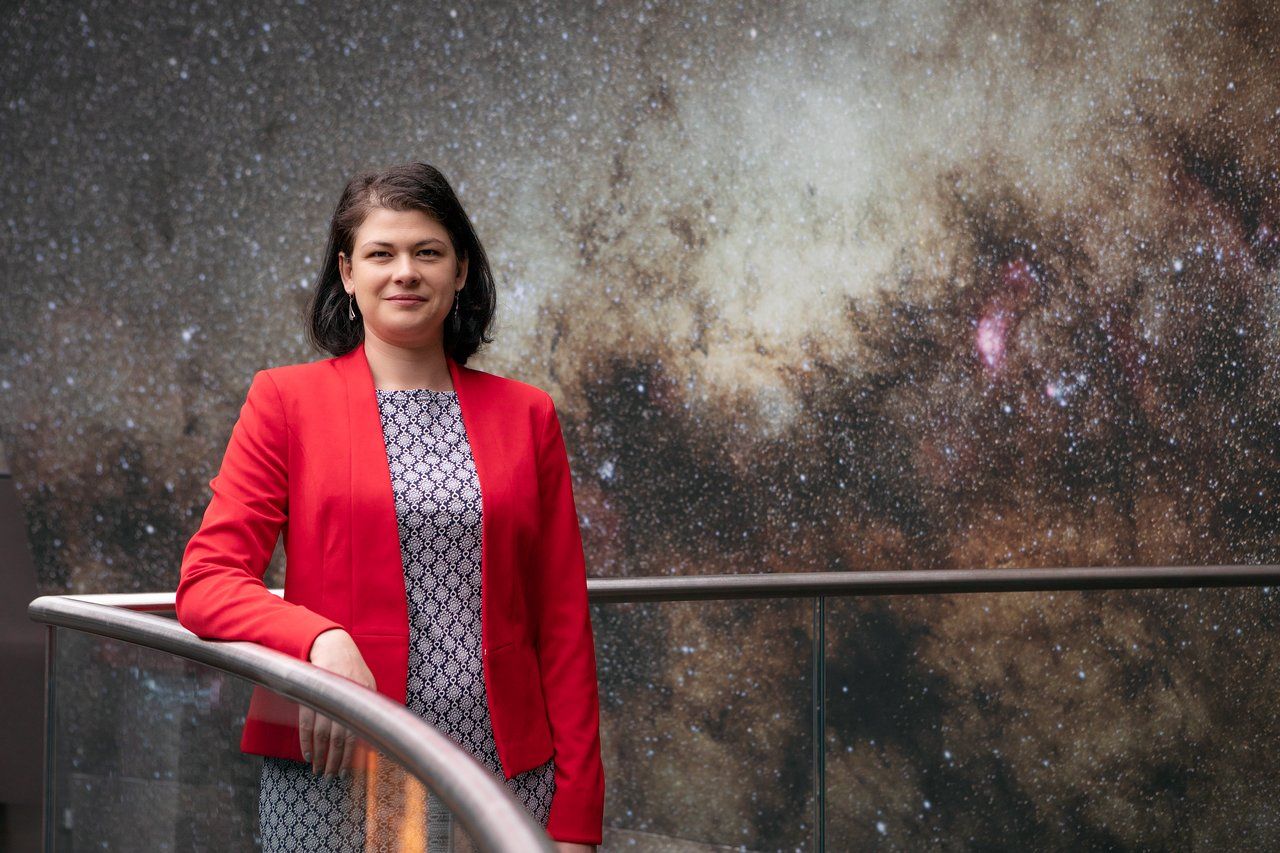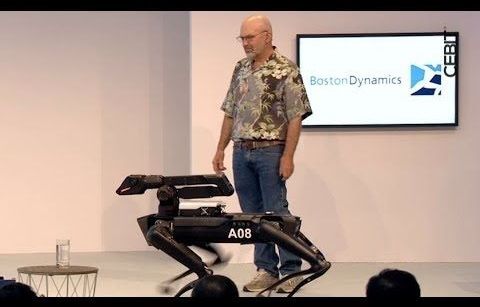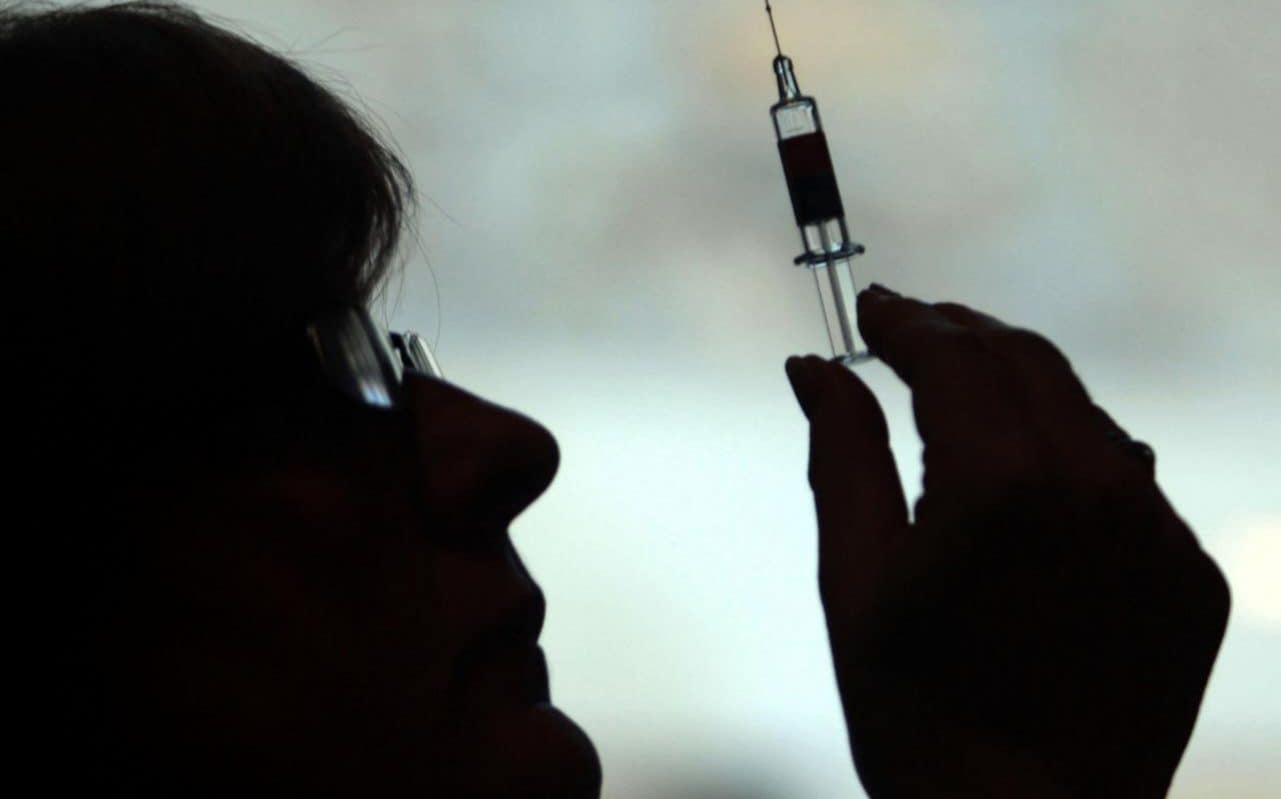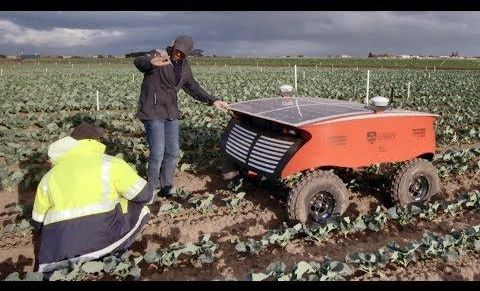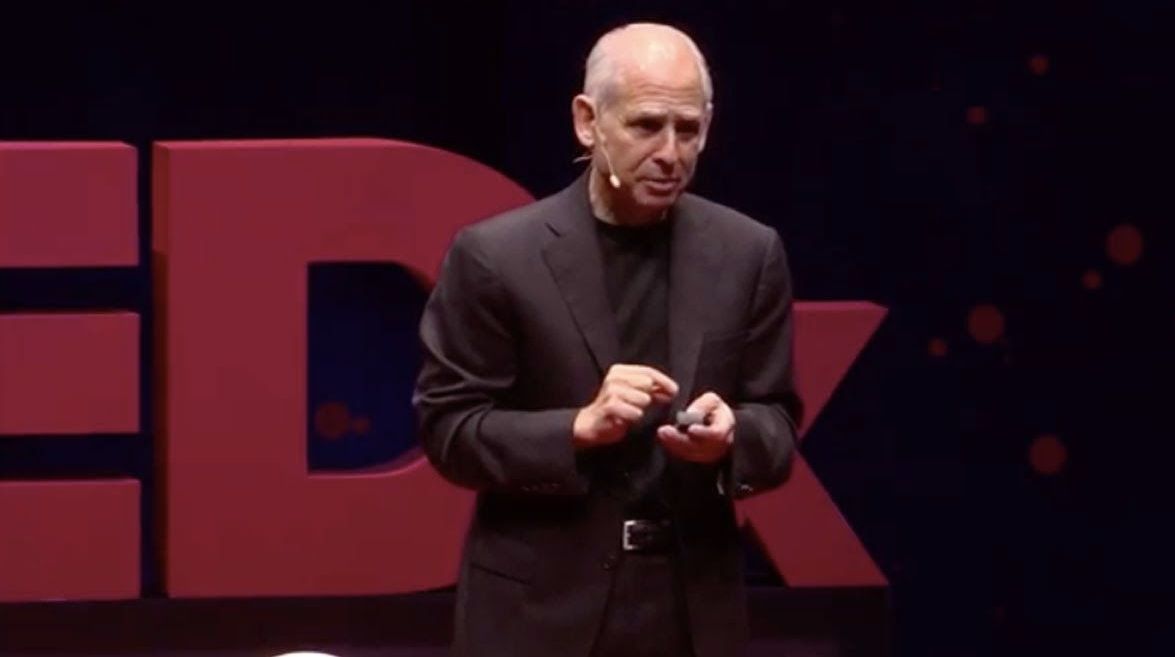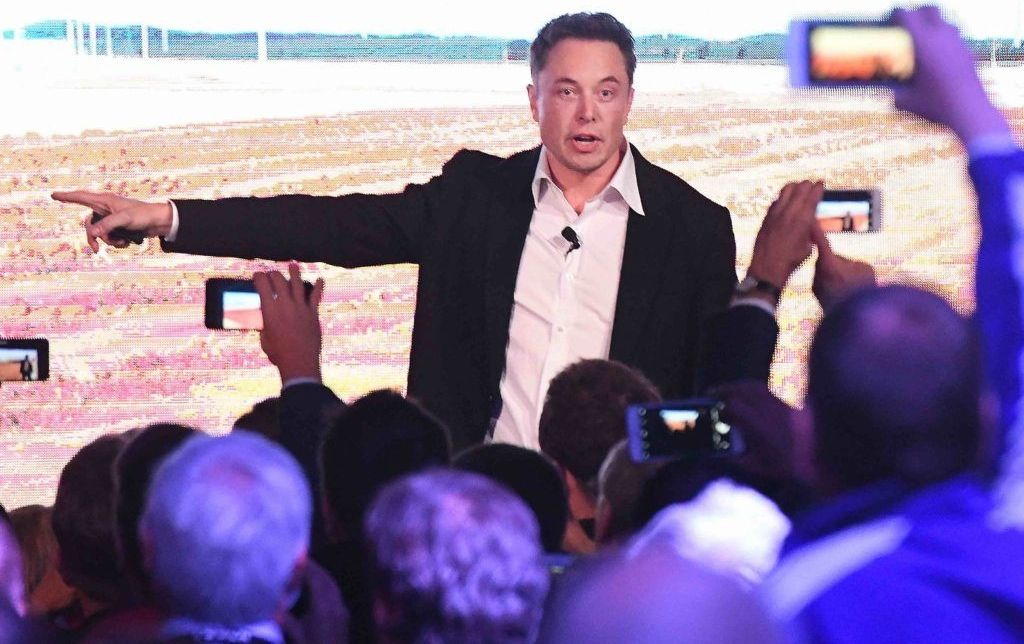Mariya Lyubenova is an astronomer at ESO. Her research focusses on the motions and chemical properties of stars in galaxies to unravel the build-up and evolution of galaxies. She also works as a science liaison in the education and Public Outreach Department (ePOD).
T he HPV vaccine has almost completely wiped out infections in young women, and if expanded to men could prevent thousands of cancer cases in Britain each year, new figures suggest.
New figures from Public Health England show that the rate of Human Papilloma Virus (HPV) in women aged between 16 to 21 who were vaccinated between 2010 and 2016 has fallen by 86 per cent.
More than 3,000 women are diagnosed with cervical cancer each year, and more than 800 will die from the disease, with most cases caused by the HPV virus.
It’s not unrealistic to think that 80% of what doctors do will be replaced by algorithms and artificial intelligence. The idea, evangelized by venture capitalist Vinod Khosla two years ago, is that machines can more accurately diagnosis us — and that will reduce deadly medical errors and free doctors up to do other things.
The bottom line: We’re getting closer to this reality. Algorithms, for example, can already diagnose diseases from imaging scans better than human radiologists. Computers possibly could take over the entire radiology specialty.
Read more toggle.
RIPPA, a fully autonomous robot, can cover five acres a day on a solar charge — finding and exterminating pests and weeds on every single plant over the equivalent of four football fields. Are robots like RIPPA the future of farming?
RIPPA stands for “Robot for Intelligent Perception and Precision Application”.
Catalyst joins engineers from the Australian Centre for Field Robotics as they explore the world of agriculture to develop robots and smarter ways of farming.
Watch Catalyst on ABC iview now: https://iview.abc.net.au/programs/catalyst
SUBSCRIBE: http://ab.co/CatalystYouTube
About Catalyst:
Never miss a talk! SUBSCRIBE to the TEDx channel: http://bit.ly/1FAg8hB
In the spirit of ideas worth spreading, TEDx is a program of local, self-organized events that bring people together to share a TED-like experience. At a TEDx event, TEDTalks video and live speakers combine to spark deep discussion and connection in a small group. These local, self-organized events are branded TEDx, where x = independently organized TED event. The TED Conference provides general guidance for the TEDx program, but individual TEDx events are self-organized.* (*Subject to certain rules and regulations)
Sorry, Elon.
Chris Hadfield, a former astronaut, says the future rockets and spaceships of NASA, SpaceX, and Blue Origin would be too risky to get people to and from Mars. He thinks we need some possibly “outlandish” solutions for space travel to make round-trip travel to the red planet practical.
Elon Musk: ‘I Am a Socialist’
Posted in Elon Musk
